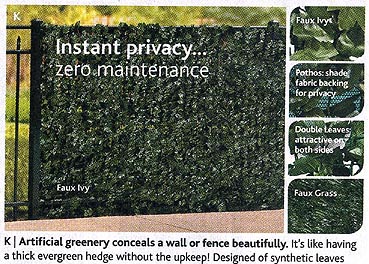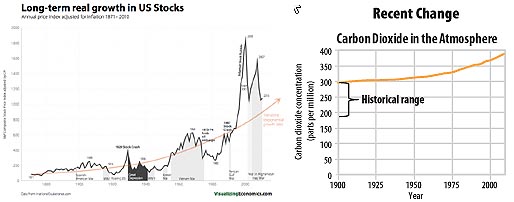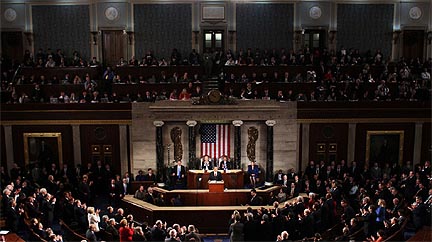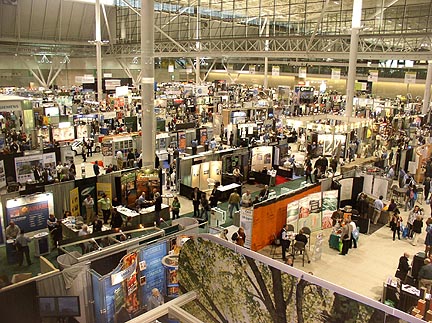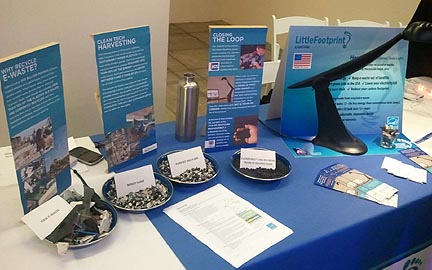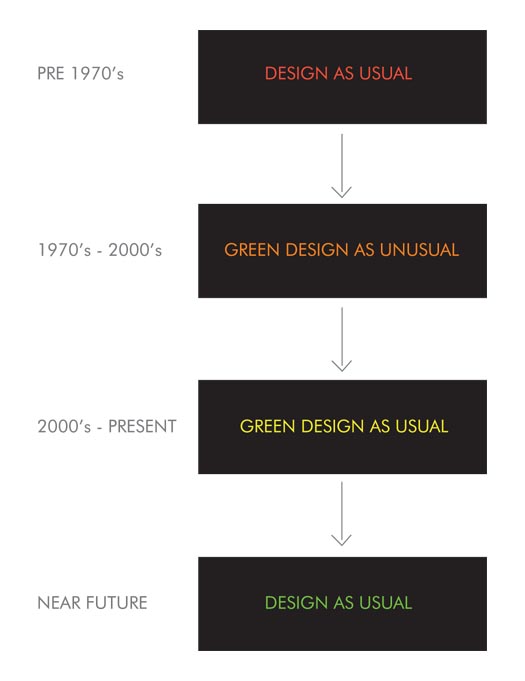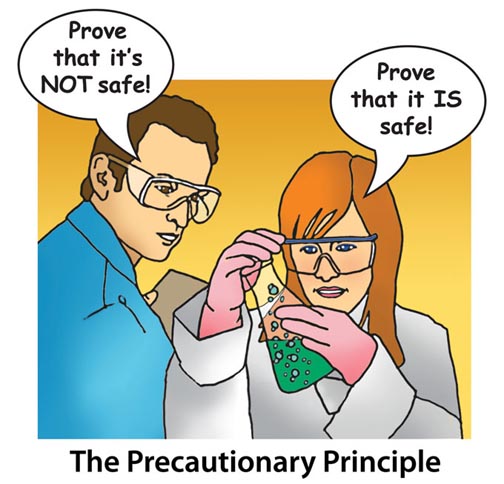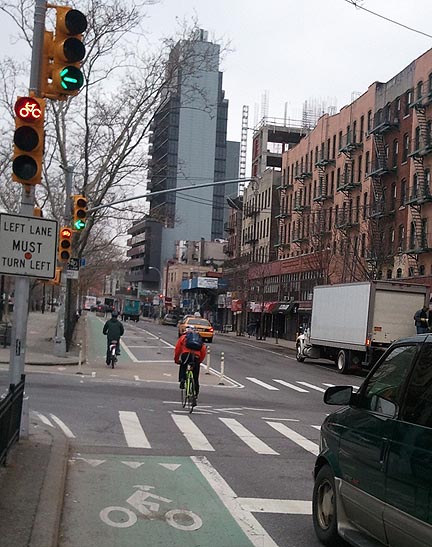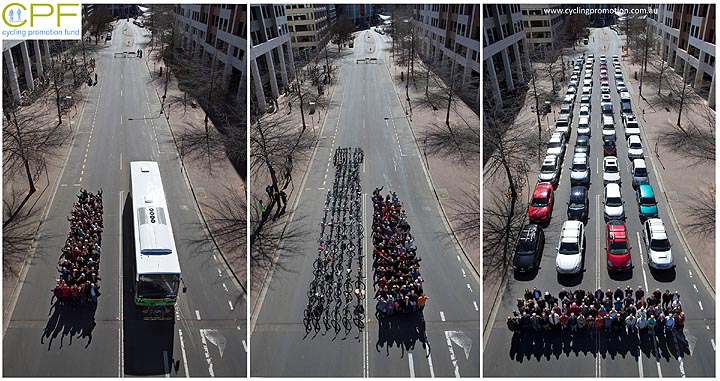I thought – or hoped — Paul Krugman’s recent New York Times op-ed, “Cheating Our Children,” was going to be about an important issue involving our individual and societal responsibilities to our descendants. It was – just not the one I anticipated from the headline.
Perhaps I was practicing wishful thinking, but when I read “Yes, we are cheating our children, but the deficit has nothing to do with it,” I assumed he was going to talk about the fact that the decisions we make today are determining the environment (and hence the future) for upcoming generations, and that those generations have absolutely no voice in those decisions.
The points he makes deal with important, fundamental issues of what kind of future we lay the groundwork for. But he’s writing specifically about financial futures, not about what I consider the even larger ethical question, the answer to which will define our children’s lives in ways beyond just economic bottom lines.
I thought he was going to build upon one of the essences, one of the foundations, of the American Revolution. (No, not the misapplied right to bear arms.) I’m referring to a concept sometimes called remote tyranny. Back then it was about a distant government that was ruling the colonies, taxing them and making laws without allowing representation. (Yep, the origin of the real Tea Party.)

Thomas Jefferson wrote of the remote tyranny of the British and later wrote of intergenerational responsibilities: “the earth belongs to the living……..no man may by natural right oblige the land he owns or occupies to debts greater than those that may be paid during his own lifetime. If he could, then the world would belong to the dead, and not to the living”
In more recent years the concept has been adapted to a different type of distant rule without representation: intergenerational remote tyranny. (The term appears to have been coined by William McDonough, co-author of the seminal ecodesign book Cradle to Cradle.) The potential – some say the probability – exists that a generation or two or three from now, “we” will be faced with a dramatically different world, one with flooded cities, harsher weather, scarce water and fossil fuels, resulting in massive relocations and food shortages, among other possibilities. I put “we” in quotes because it is humanity, but not exactly us since many of us will not be around, and that is the intergenerational aspect.
I once asked a new client, whose home I was renovating, about her degree of interest in incorporating environmental criteria in the design. She replied jokingly “well, we don’t have kids, so we don’t really care.” It was, though, an astute comment on our inherent selfishness, combined with the fact that humans are not wired to think about abstract futures. We respond to imminent tangible dangers, like fire or attack, but we’re not as good at dealing with more distant scenarios, particularly when we haven’t experienced them before or when the timeframe is longer.
Krugman’s column was dealing with the impacts of financial debt, questioning the relative importance of imposing a financial burden on our children versus the effects of disinvesting in programs that will benefit them. There is a direct parallel in the form of environmental debt. When we use up a resource, it means it will not be available for later generations. That, too, imposes a cost. The cost will vary depending on the resource. Some will be replaceable by other resources, meaning only that the cost will rise. Others, such as water, may not be replaceable at all, thus causing a wholly different kind of burden.
A financial analogy is useful. We can think of the planet’s stock of resources as bank accounts. There are accounts for each resource: potable water, oil, oxygen, topsoil, rare earth minerals, and so on. Left to themselves, the planet’s ecosystems keep these supplies in balance: purifying water, creating oil from decaying carbon, cycling oxygen and carbon dioxide, absorbing and reflecting critical amounts of solar radiation, etc. It’s an incredible system.
The problems come in when we exceed the regenerative capabilities of these systems, when we draw down these resources faster than the ecosystems can replenish them. It’s the same as withdrawing from a bank account faster than you make deposits. You can do it for a while because the account had a starting balance, but eventually you run out. In the case of fossil fuels, the earth has been slowly depositing into that account for millennia and created a huge stock. But then we started extracting and burning those fuels at a rate far, far faster than the earth’s ability to replenish them, leading us to “peak oil” and, eventually, a point where we’ve used up all that is available.
The rate at which individual resource stocks are being used up varies with the “opening balance” in the account, the speed of replenishment and the amount of withdrawals. Some resources can be thought of as having huge trust funds that are resupplied by high interest investments, and those are not likely to be a problem. Others, though, have less positive financial projections: their funds may run out in a matter of a few generations (or less). But our “nature” hinders our ability to plan for these possibilities.

Source: http://www.bbc.co.uk/bbc.com/future/img/BBC-stockcheck-02.jpg
Another part of this issue is that we tend to not think about, or include in our economics, the “free” things we get from nature. In environmental economics, these are referred to as ecological services. What is the dollar value of nature’s purification of water or of a forest’s ability to absorb carbon from the air and release oxygen? Where do these appear in corporate bottom lines or in GDP? They don’t, of course. And that’s part of the rationale behind a carbon tax – it’s needed in order to correct for this omission and to make the market work more accurately.
(I discussed the idea of paying the Earth for ecological services in the post Planets, are People, My Friends.)
In terms of our topic here, Cheating Our Children, this glaring omission in our economic accounting serves to further worsen the degree of debt we are passing down. It’s the equivalent of double bookkeeping: one set that looks (relatively) rosy for us and another for our children.
Krugman’s column ends with “[O]ur sin involves investing too little, not borrowing too much — and the deficit scolds, for all their claims to have our children’s interests at heart, are actually the bad guys in this story.” In our ecological version, we ARE borrowing too much, as well as investing too little. And the bad guys? Well, to a degree it’s all of us in the consumer world, but in the analogy to the supposed debt crisis, it would particularly be the parties who profit from the double bookkeeping and the climate change deniers, many of whom have direct ties to the former.
The combination of double bookkeeping and short-term thinking are the real cheats. Krugman is right in asking why we are “shortchanging the future so dramatically and inexcusably.” His economic answers, though, only address our children’s finances without assuring there will be a livable world to spend it in. EcoOptimism says we can – and have to – do both.


